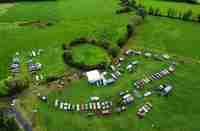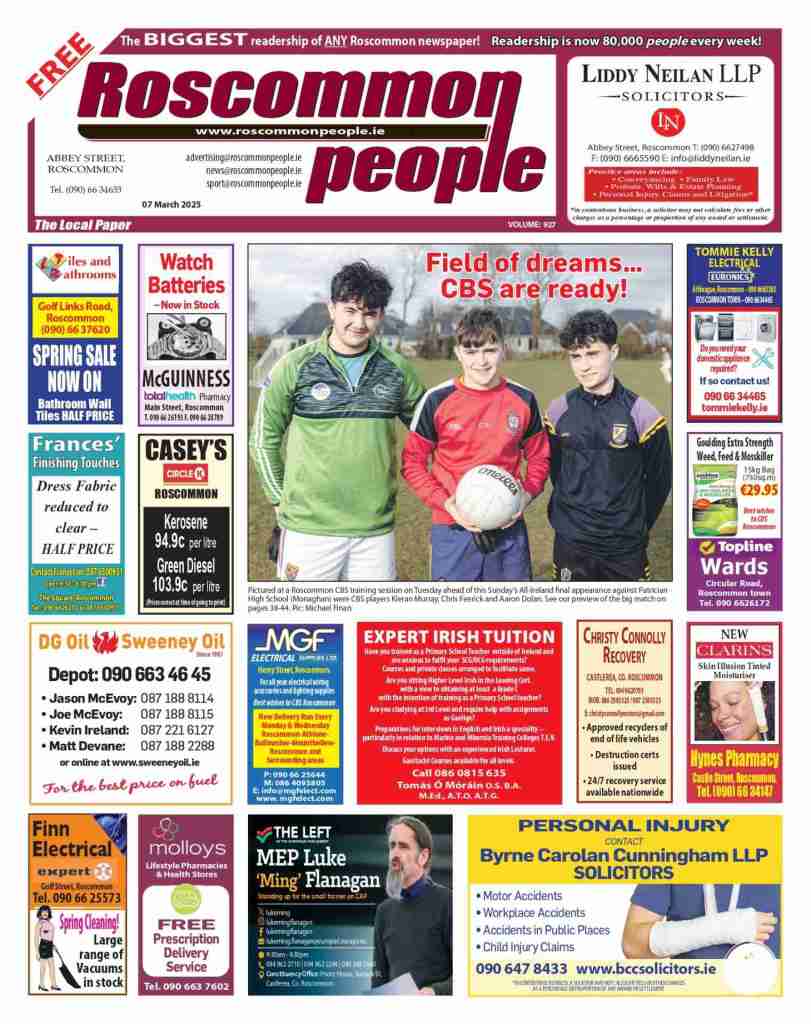Roscommon County Council’s Roads Department has confirmed that significant safety improvements have been carried out at Carrick National School.
The school is located on the busy N60 route, a single carriageway National Secondary road, linking Castlebar to Roscommon town via Claremorris, Ballyhaunis, Ballinlough and Castlerea.
Carrick National School on the western side of the village of Ballinlough was selected by Transport Infrastructure Ireland as one of three schools for a Safe Routes to School (SRTS) Trial.
The school is located along a straight stretch of road approximately 500 metres from the end of the 60 km/h speed limit. The speed limit passing the school is 100 km/h.
Transport Infrastructure Ireland provided Roscommon County Council with funding for ‘Front of School’ treatment in line with the Safe Routes to School (SRTS) design guidelines.
New periodic speed limits were installed with a special speed limit of 60 km/hr at drop-off and pick-up times. Anti-skid surfacing, shark’s teeth line marking all form part of the SRTS design.
The safety objectives of the SRTS programme are to reduce speed periodically during drop-off and collection and to improve awareness of drivers, particularly those unfamiliar with the fact that there is a national school along this route.
Roscommon County Council are working with Transport Infrastructure Ireland on a number of safety schemes throughout the county on all their national routes and are pleased to confirm that Carrick NS was selected for this pilot scheme.
Reacting to the new works, the Principal of Carrick National School Eoin Davey said: “The installation of the periodic speed limits, road markings and signage at the front of Carrick NS are all very welcome additions to increased road safety for all our school community entering and leaving the school grounds.
“We hope that this is the first of many steps that will be taken to lower traffic speed outside the school and to ensure the safety of our pupils who travel by foot, bicycle, car and bus on a daily basis”, Mr Davey concluded.






